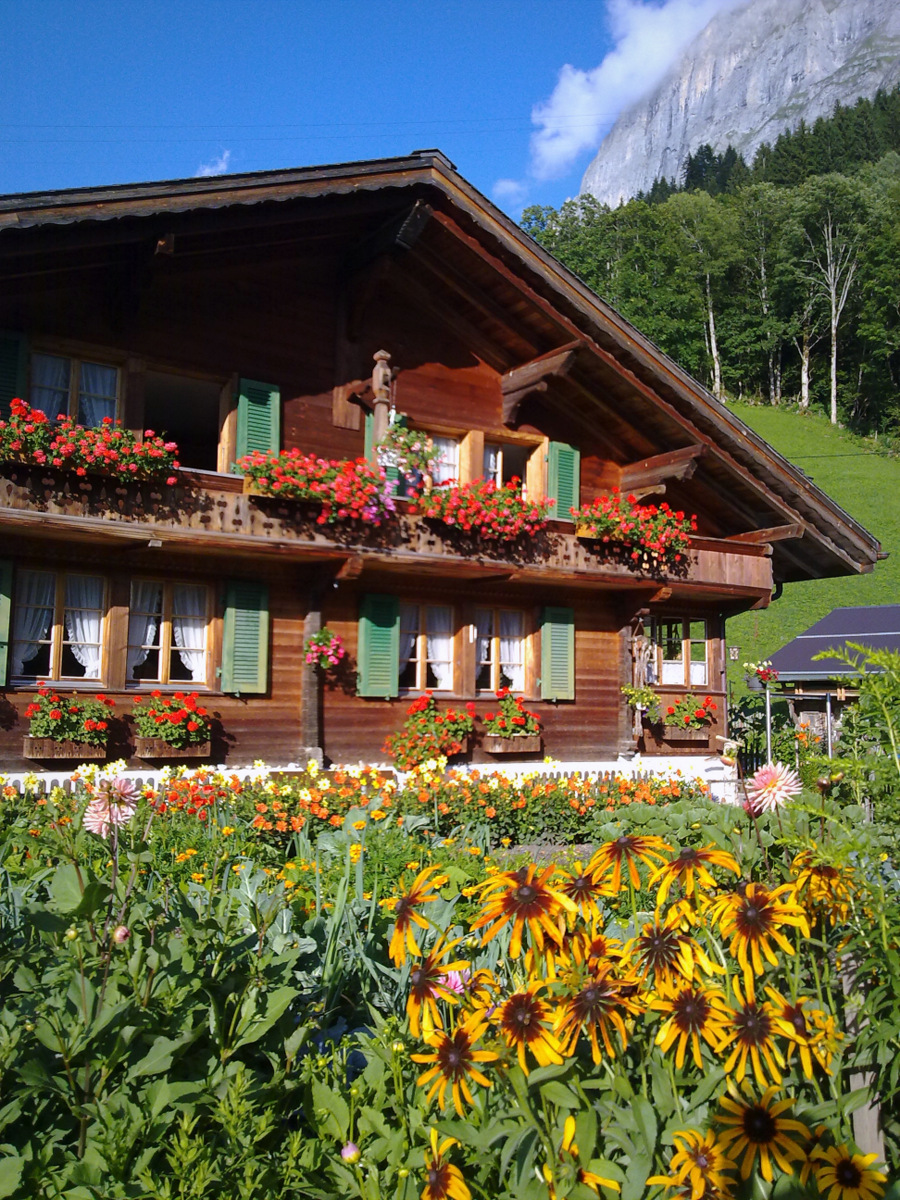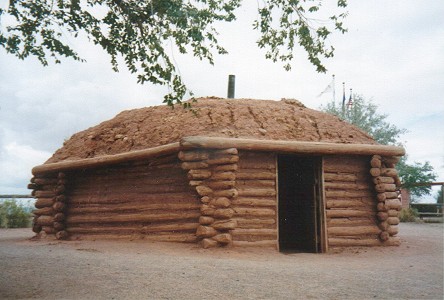|
Log Building
Log buildings and structures can be categorized as historic and modern. A diverse selection of their forms and styles with examples of architectural elements is discussed in the following articles: *Log cabin – a rustic dwelling *Log house – a style and method of building a quality house *Izba – a type of Russian peasant house, often of log construction. The Cabin of Peter the Great is based on an izba. *Crib barn – a type of barn built using log cribs * Some barns are log barns such as the earliest of the Pennsylvania barn types. *Blockhouse, garrison house – some blockhouse or garrison house structures are tightly fitted timber or stacked plank construction buildings to help withstand an attack. *Azekurazukuri – a Japanese style of building using triangular log construction * Some granarys (raccard, stabbur, hórreo) are of log or plank construction. * The Upper Lusatian house, also called Umgebinde in German, combines timber framing and log building *Wooden churche ... [...More Info...] [...Related Items...] OR: [Wikipedia] [Google] [Baidu] |
Log Cabin
A log cabin is a small log house, especially a less finished or less architecturally sophisticated structure. Log cabins have an ancient history in Europe, and in America are often associated with first generation home building by settlers. European history Construction with logs was described by Roman architect Vitruvius Pollio in his architectural treatise '' De Architectura''. He noted that in Pontus (modern-day northeastern Turkey), dwellings were constructed by laying logs horizontally overtop of each other and filling in the gaps with "chips and mud". Historically log cabin construction has its roots in Scandinavia and Eastern Europe. Although their origin is uncertain, the first log structures were probably being built in Northern Europe by the Bronze Age (about 3500 BC). C. A. Weslager describes Europeans as having: Nevertheless, a medieval log cabin was considered movable property (a chattel house), as evidenced by the relocation of Espåby village in 1557: the ... [...More Info...] [...Related Items...] OR: [Wikipedia] [Google] [Baidu] |
Wooden Churches In Ukraine
Wooden church architecture in Ukraine dates from the beginning of Christianity in the area and comprises a set of unique styles and forms specific to many sub-regions of the country. As a form of vernacular culture, construction of the churches in specific styles is passed on to subsequent generations. The architectural styles vary from very simple to complicated, involving a high degree of carpentry and wood-cutting artistry. Aside from ''tserkvas'' (Greek Catholic or Eastern Orthodox churches), there are quite a few ''kosciols'' (Latin Catholic churches) that are preserved in Western Ukraine. Some of these churches remain in active use. General overview Nearly 1,900 wooden churches have been identified in Ukraine . When Ukrainians emigrated to the New World in the late 19th century, many used these stylistic forms but adapted their construction to the new materials and new environmental conditions (see for example the Holy Trinity Cathedral in Chicago, Illinois). According to t ... [...More Info...] [...Related Items...] OR: [Wikipedia] [Google] [Baidu] |
Slovenia
Slovenia ( ; sl, Slovenija ), officially the Republic of Slovenia (Slovene: , abbr.: ''RS''), is a country in Central Europe. It is bordered by Italy to the west, Austria to the north, Hungary to the northeast, Croatia to the southeast, and the Adriatic Sea to the southwest. Slovenia is mostly mountainous and forested, covers , and has a population of 2.1 million (2,108,708 people). Slovenes constitute over 80% of the country's population. Slovene, a South Slavic language, is the official language. Slovenia has a predominantly temperate continental climate, with the exception of the Slovene Littoral and the Julian Alps. A sub-mediterranean climate reaches to the northern extensions of the Dinaric Alps that traverse the country in a northwest–southeast direction. The Julian Alps in the northwest have an alpine climate. Toward the northeastern Pannonian Basin, a continental climate is more pronounced. Ljubljana, the capital and largest city of Slovenia, is geogr ... [...More Info...] [...Related Items...] OR: [Wikipedia] [Google] [Baidu] |
Post-and-plank
The method of building wooden buildings with a traditional timber frame with horizontal plank or log infill has many names, the most common of which are piece sur piece (French. Also used to describe log building), corner post construction, post-and-plank, Ständerbohlenbau (German) and skiftesverk (Swedish). This traditional building method is believed to be the predecessor to half-timber construction widely known by its German name ''fachwerkbau'' which has wall infill of wattle and daub, brick, or stone. This carpentry was used from parts of Scandinavia to Switzerland to western Russia. Though relatively rare now, two types are found in a number of regions in North America, more common are the walls with planks or timbers which slide in a groove in the posts and less common is a type where horizontal logs are tenoned into individual mortises in the posts. This method is not the same as the plank-frame buildings in North America with vertical plank walls. Other names * French ... [...More Info...] [...Related Items...] OR: [Wikipedia] [Google] [Baidu] |
Octagonal Churches In Norway
An octagonal church has an octagonal (eight-sided polygon) architectural plan. The exterior and the interior (the nave) may be shaped as eight-sided polygon with approximately equal sides or only the nave is eight-sided supplemented by choir and porch (or narthex) attached to the octagon. This architectural plan is found in some 70 churches in Norway. Among these Hospitalskirken in Trondheim is the oldest. This type of church plan spread from the Diocese of Nidaros to other parts of Norway. Virtually all octagonal churches in Norway are constructed as log buildings mostly covered by clapboards. Some of the largest churches in Norway are octagonal and the list includes important cultural heritage monuments such as Trinity Church (Oslo), Sør-Fron Church, and Røros Church. History During the Middle Ages, some 1000 wooden stave churches and only 270 stone churches were erected in Norway. During the 15th and 16th centuries, virtually no new churches were built. When church buil ... [...More Info...] [...Related Items...] OR: [Wikipedia] [Google] [Baidu] |
Black Forest House
The Black Forest houseDickinson, Robert E (1964). ''Germany: A regional and economic geography'' (2nd ed.). London: Methuen, p. 154. . (german: Schwarzwaldhaus) is a byre-dwelling that is found mainly in the central and southern parts of the Black Forest in southwestern Germany. It is characterised externally by a long hipped or half-hipped roof that descends to the height of the ground floor. This type of dwelling is suited to the conditions of the Black Forest: hillside locations, broad tracks, high levels of snowfall and heavy wind loading. Individual farms, such as the ''Hierahof'' near Kappel, which are still worked today, are over 400 years old. The Black Forest house is described by Dickinson as very characteristic of the Swabian farmstead type. House types Depending on the site of the individual farms various types of Black Forest house have emerged which are designed to cope with the specific climatic situation. Hermann Schilli, the initiator of the open-air museum of ... [...More Info...] [...Related Items...] OR: [Wikipedia] [Google] [Baidu] |
Chalet
A chalet (pronounced in British English; in American English usually ), also called Swiss chalet, is a type of building or house, typical of the Alpine region in Europe. It is made of wood, with a heavy, gently sloping roof and wide, well-supported eaves set at right angles to the front of the house. Definition and origin The term ''chalet'' comes from the Arpitan-speaking part of Switzerland and the French Savoy region, and originally referred to the hut of a herder. It was often embedded in the ground for the sake of temperature buffering. Many chalets in the European Alps were originally used as seasonal farms for dairy cattle, which would be brought up from the lowland pastures during the summer months. The herders would live in the chalet and make butter and cheese in order to preserve the milk produced. These products would then be taken, with the cattle, back to the low valleys before the onset of the alpine winter. The chalets would remain locked and unused during t ... [...More Info...] [...Related Items...] OR: [Wikipedia] [Google] [Baidu] |
Hogan
A hogan ( or ; from Navajo ' ) is the primary, traditional dwelling of the Navajo people. Other traditional structures include the summer shelter, the underground home, and the sweat house. A hogan can be round, cone-shaped, multi-sided, or square; with or without internal posts; timber or stone walls and packed with earth in varying amounts or a bark roof for a summer house, with the door facing east to welcome the rising sun for wealth and good fortune. Today, while some older hogans are now still used as dwellings and others are maintained for ceremonial purposes, new hogans are rarely intended as family dwellings. Traditional structured hogans are also considered pioneers of energy efficient homes. Using packed mud against the entire wood structure, the home was kept cool by natural air ventilation and water sprinkled on the dirt ground inside. During the winter the fireplace kept the inside warm well into the night. This concept is called thermal mass. Modern application ... [...More Info...] [...Related Items...] OR: [Wikipedia] [Google] [Baidu] |
Podhale
Podhale (literally "below the mountain pastures") is Poland's southernmost region, sometimes referred to as the "Polish Highlands". The Podhale is located in the foothills of the Tatra range of the Carpathian mountains. It is the most famous region of the Goral Lands which are a network of historical regions inhabited by Gorals. Local folklore The region is characterized by its unique folklore, which is distinct from other folk cultures in Poland. Its folklore was brought there mainly by settlers from the Lesser Poland region further north and partly by Wallachian (Vlach) settlers in the centuries during their migrations. The name Podhale literally translates as "below the mountains" in English. The various Goral dialects as well as Polish are spoken in the region. Regional attractions Among the region's attractions are the popular mountain resort of Zakopane and the lake known as Morskie Oko ("The Eye of the Sea"), which local legend claims, is connected to the Adriati ... [...More Info...] [...Related Items...] OR: [Wikipedia] [Google] [Baidu] |
Poland
Poland, officially the Republic of Poland, is a country in Central Europe. It is divided into 16 administrative provinces called voivodeships, covering an area of . Poland has a population of over 38 million and is the fifth-most populous member state of the European Union. Warsaw is the nation's capital and largest metropolis. Other major cities include Kraków, Wrocław, Łódź, Poznań, Gdańsk, and Szczecin. Poland has a temperate transitional climate and its territory traverses the Central European Plain, extending from Baltic Sea in the north to Sudeten and Carpathian Mountains in the south. The longest Polish river is the Vistula, and Poland's highest point is Mount Rysy, situated in the Tatra mountain range of the Carpathians. The country is bordered by Lithuania and Russia to the northeast, Belarus and Ukraine to the east, Slovakia and the Czech Republic to the south, and Germany to the west. It also shares maritime boundaries with Denmark and Sweden. ... [...More Info...] [...Related Items...] OR: [Wikipedia] [Google] [Baidu] |






